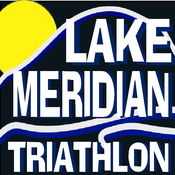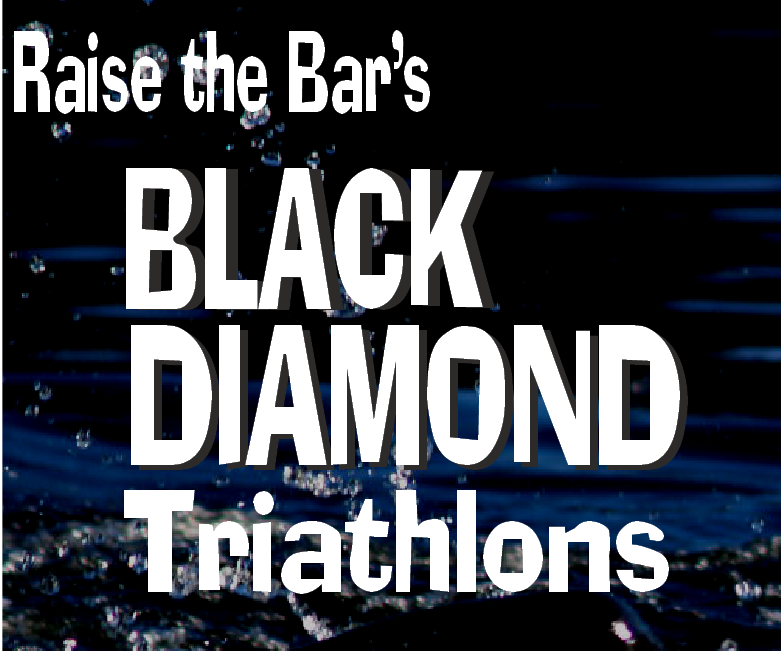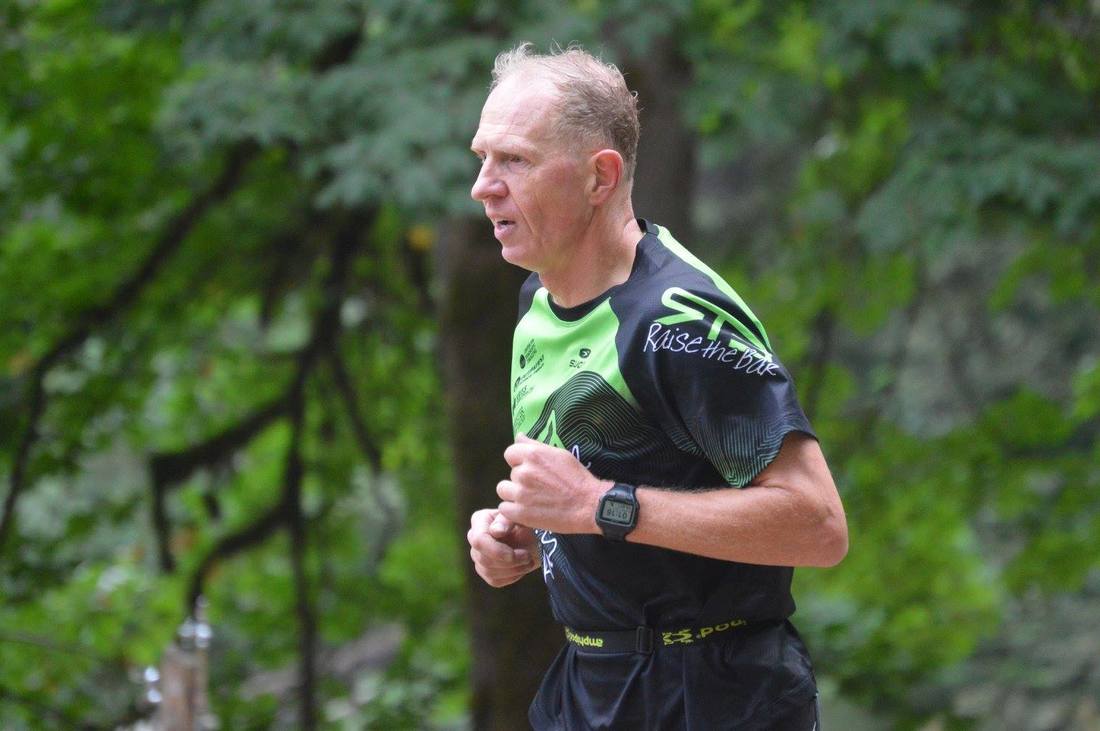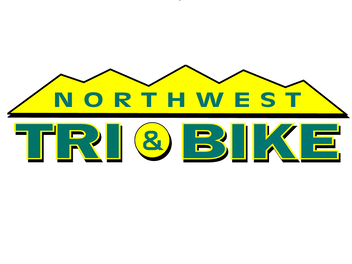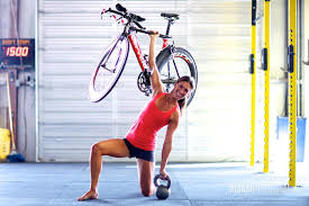 We recently asked the RTB Team for any questions they thought might be of interest to a newer triathlete or questions they might have. Kathy Morrisson, RTB team manager, put together the answers. There are probably details missing or other ways to do things too. The beauty of this sport is that there is always something new to challenge not only our body but our mind. If you have any questions you would like to add, send an email to [email protected]. Question: If nutrition is the 4th element of Triathlon then strength training has to be the 5th. To get faster you need to get stronger. Also, to prevent injury. With 6 days devoted to swim, bike, run when and where in the week is a good time to insert two strength training sessions? Answer: This is a tough one, isn’t it? We have swimming, biking, running, work, families and other obligations and now we are supposed to add in strength too? Every triathlete should have an off season or a training period of lower volume. That is a good time to add in longer more developed strength training programs. Then while in season, when volume is higher, picking 4-8 exercises that can be done with body weight or limited equipment can be added to a workout and completed in 20 minutes, 2-3 times a week. Make sure you include the muscles you rely on in triathlon. The swim uses lats, chest, and shoulders. For the bike and run focus on strong quads, glutes, hamstrings, and calves. The core also needs to be strong to transfer power from the upper to the lower body and to keep good form for the duration of the race. Question: Why isn't there a separate lane in the swim so that slow swimmers don't get run over by faster swimmers in a race? Answer: If you are new to swimming or a slower swimmer, the beginning of the swim can be intimidating. Don't expect a specific area for slower or newer swimmers but there are some ideas to stay out of the fray at the beginning of the swim. Stay over to one side of the pack or at the back if you're not racing competitively. If there's a buoy turn involved, work out your route prior to the start and stay to the outside of that to avoid squishing. Question: Can I change my clothes between events? Answer: No and yes. In most races excluding 140.6 distance races, there is no where to change. So you cannot change BUT you can swim in a swim suit, toss shorts and a t-shirt on or bike/tri shorts and a bike jersey or some combination of clothing over whatever you swam in. If you plan on doing several triathlons, I would suggest purchasing tri shorts and a tri top or tri suit. You can swim, bike and run in it, so no reason to change. Question: How can I find my area in transition when I need to switch between events – i.e., how do I find where my bike is on the rack when I come out of the swim? Answer: There are several ways to do this and it depends on how the triathlon has set up the racks. If the triathlon has marked the racks with race numbers, then you can find your rack by knowing your race number. If there are no rack numbers you will need to find it another way. One option is to count the number of racks from T1 entry to your transition spot and T2 to your transition spot (T1 and T2 entry maybe different) and remember that your transition spot is. For example : T1- 4 rows on the right and T2 6 rows on the left. Another option is to use key things about the transition area, maybe there are trees in it or a medical tent, use those things as a guide to find your transition spot. Question: How much space do I have for my stuff in transition? Should I bring a bucket that holds all my items? Answer: Transition space is at a premium in a triathlon. I like to think of my area as being the size of a hand towel. It is a narrow area that I can put my helmet, bike shoes and running shoes on. I like to use a duffle or transition style bag for my gear when I come to a triathlon and I put the bag under the tire that my tri gear isn’t under. It is okay to bring a bucket to put your belongings in and to sit on to change shoes as well. If you do, try to come early and get on the end so you don’t end up sitting in the middle of the isle. Question: I see there are coached swim workouts where I can get suggestions on my form and what to improve, is there something like this for the bike? Someone who can tell me on a ride if my form is good or if I need a bike adjustment? Answer: In our area, the go to for bike adjustments and bike fits is Northwest Tri and Bike in Kent. They can help you set up your bike so that you are getting the most out of your position in a safe and comfortable way. If you have questions about your bike form or technique, RTB has a relationship with many coaches that you can contact for a consult that could watch your bike form and give you feedback. Or you can attend a group ride and ask an experienced riders for feedback. Question: Open water is scary to me. How do I overcome that? Answer: Welcome to being normal. The first thing is to become a confident pool swimmer (that doesn't mean a fast pool swimmer by the way). Become comfortable in the pool. Have a coach critique your form and make sure you are using the best technique you can. Rent or buy a wetsuit. Make sure that wetsuit is made for triathlon. Too often I see swimmers in wetsuits designed for other water sports and they come out of the water uncomfortable and discouraged. A wetsuits will help keep you on top of the water and is a confidence booster. Then find a safe place to swim in a lake. That might mean finding a training that is supported with lifeguards or that might mean a couple of experienced triathletes and a kayaker. Stay in the shallow area to start off. Try floating on your back and then on your stomach to get the feel of the wetsuit and its buoyancy. Try swimming back and forth in an area you can touch the ground. Once that feels "comfortable" go out in deeper water with support (kayak or lifeguards highly suggested). It may help at first to breath more then you might usually and counting your strokes will help you focus on your swimming, not the open water portion. (Count to 25 and then start again). 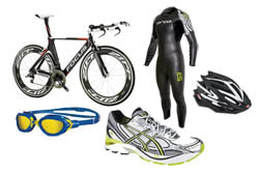 Basics for triathlon. Wetsuits are optional and you need some clothing. Basics for triathlon. Wetsuits are optional and you need some clothing. Question: What equipment do I need to do a triathlon? Answer: A triathlon can be done with all you need to swim, bike and run. To swim, you need something to swim in (swimsuit or tri clothing) and goggles. To bike, you need a bike, a helmet, shoes and clothing. That clothing could be what you did the swim in (tri clothing) or shorts and a shirt thrown over your swimsuit. To run, you need running shoes and clothing. The running shoes could be the shoes you wore on the bike (unless you have bike specific shoes). If you have tri clothing, you do not need anything special for the run and if you tossed on shorts and a shirt for the bike, that will work on the run. The race usually supplies the swim cap and they should also have safety pins for your number. That being said, if you look at a triathlon magazine, walk into a triathlon store or talk to a triathlete that has been in the sport awhile, you will find out, the sky is the limit on gear. But you don't have to start with all of it. Question: I cannot run very far, can I walk in a race? Answer: YES! There are no rules against walking. Make sure if you plan to walk the run portion or much of the run portion, you practice walking the distance or near distance of the race. If you haven't practiced, it might be harder then you think. Also check to see if the race has any time limits. If it does have time limits, then you will need to make sure you can complete the triathlon including the walking the run in those requirements.
0 Comments
Your comment will be posted after it is approved.
Leave a Reply. |
Raise the BarRace reports, upcoming events, news, and more, from RTB. Archives
September 2023
|
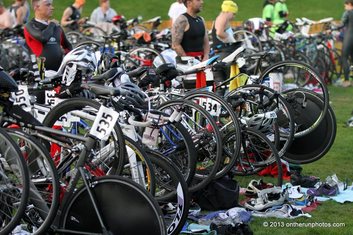
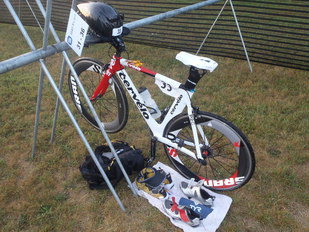
 RSS Feed
RSS Feed
